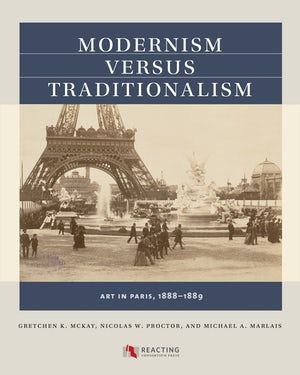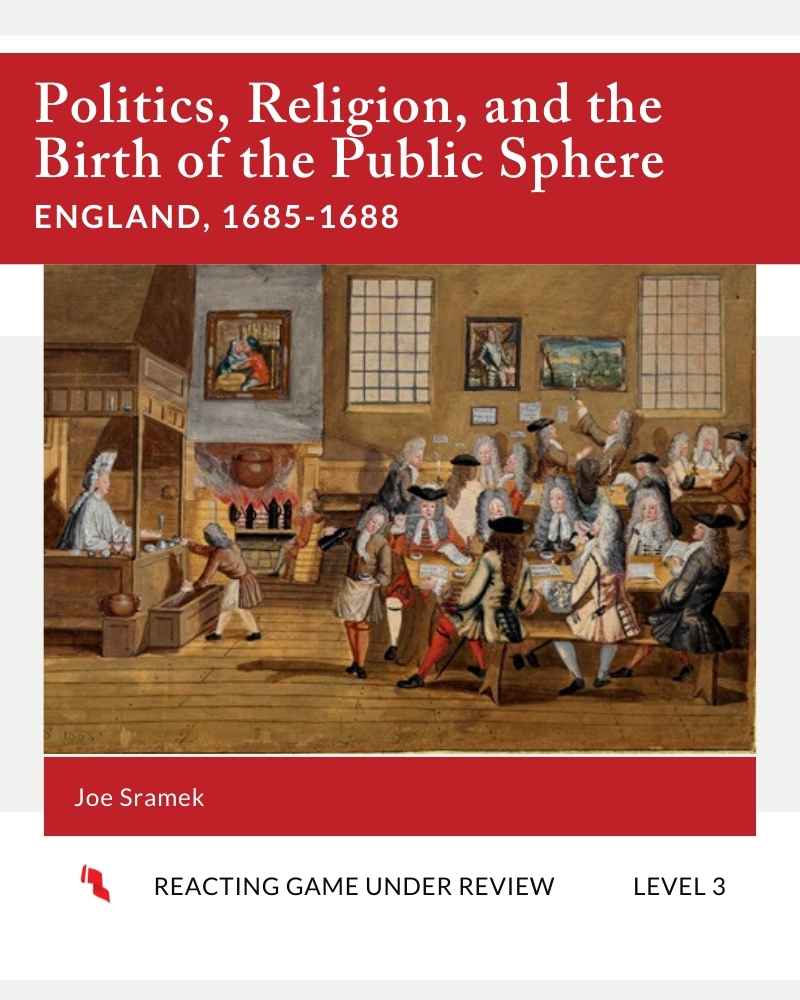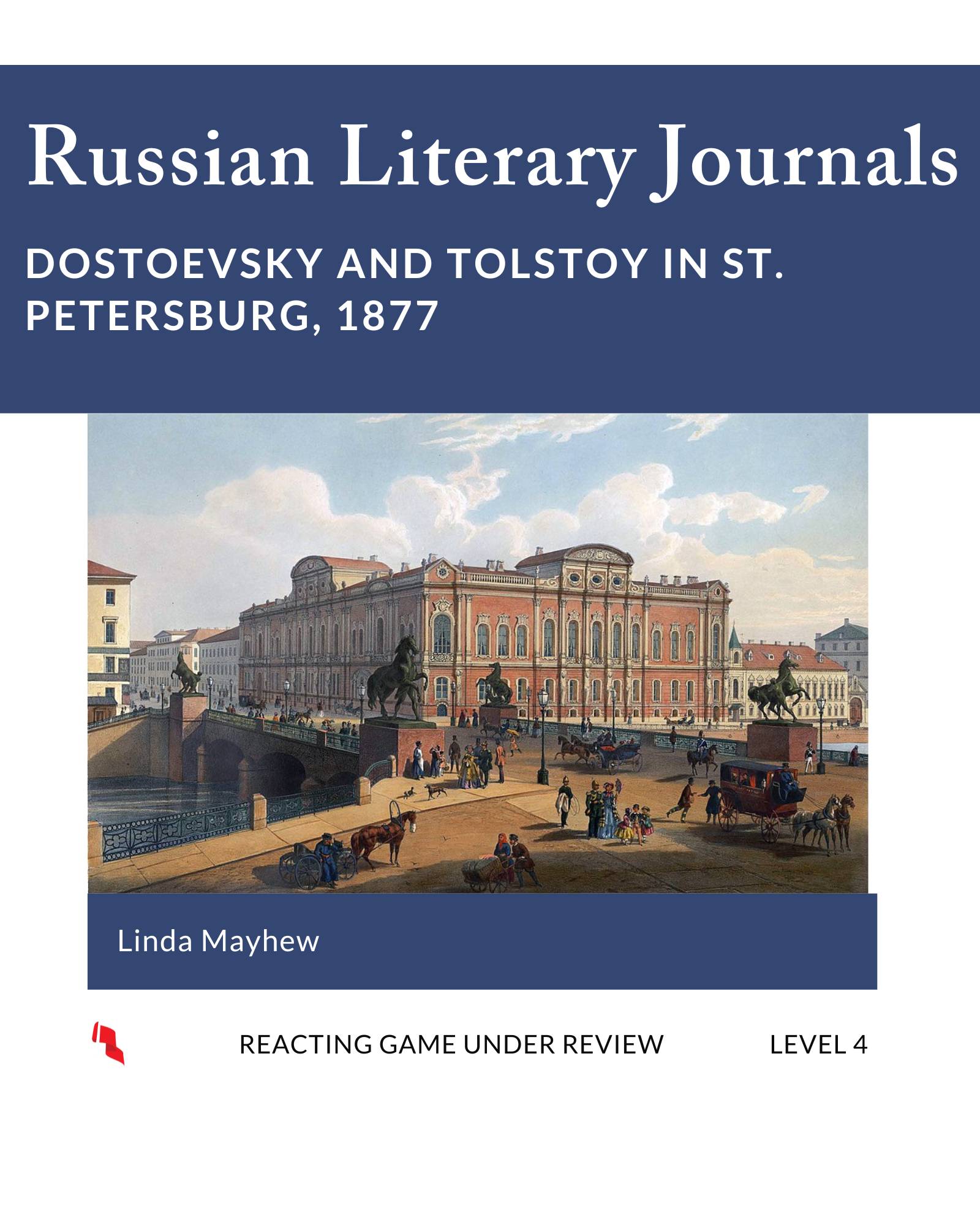 |
 Play this game recently? | This microgame has been developed to introduce students to ideas at issue in literary modernism, particularly in Britain. It is designed to raise questions about the relationship between Victorian realist narratives and the interventions/innovations that will appear starting in the late nineteenth-century and continuing into the early decades of the twentieth. |
Details
|
Using the Game
Class Time
|
Read more about scaling this game for different class sizes...
Complete guidance on role assignments can be found in the instructor's guide, and questions can be directed to the game author. The main way this game can be scaled up or down is by eliminating or expanding the journalist roles. Since journalists do not ordinarily give speeches during regular class meetings, this does not affect the time needed to play the game.
CLASSES BELOW 14 In small classes, the instructor may assume the function of the journalists or eliminate the role of journalists altogether.
CLASSES WITH 14-36 STUDENTS Classes with 14-36 students can use the basic roles, available for download below or from W. W. Norton.
CLASSES WITH 37-61 STUDENTS Additional roles are available for download to Reacting Consortium members. Of these additional roles, eleven are delegates, four are protesters, and ten are journalists. Some of the assignments for these roles are specialized. For example, Theodore Meir Phil Ochs should sing instead of giving speeches. Warren Hinckle and Abe Peck should help journalists to assemble and disseminate their stories.
CLASSES WITH 62-67 STUDENTS AND/OR MEDIA EMPHASIS The expanded roles also include roles for William F. Buckley, Jr. and Gore Vidal as well as the cast and crew for an experimental film, “Medium Cool.” These six roles are supplemental to the functioning of the main game. Since these players record their work, it could be shown during the debriefing or players could watch it asynchronously to conserve class time for game play.
CLASSES WITH OVER 67 STUDENTS Press Secretary and Press Stringer roles can be paired with delegate and journalist roles. In order for them to have the opportunity to interact, the instructor may need to help them to schedule press conferences outside of regular game sessions. By pairing each of the 25 delegate roles and 20 journalists, 45 more roles can be added to the game, for a total of 112 roles. To create even more roles, assign individual roles to pairs of students, beginning with the protester roles (which brings the total to 128). Increasing the number of crew members for “Medium Cool” could bring you easily to 130.
The game can be run with even larger numbers than this by expanding the size of the teams playing different roles.
 GAME MATERIALS
GAME MATERIALS
Reacting Consortium members can access all downloadable materials (including expanded and updated materials) below. You will be asked to sign in before downloading.
Please fill out the Permissions Request Form before using British Modernism in your class!
Game Materials |
Additional Resources
Resources for Introduction and/or Debrief |
Beth Wightman
Beth Wightman | Reacting and Related Titles
|
Members can contact game authors directly if they have questions about using the game. We also invite instructors join our Facebook Faculty Lounge, where you'll find a wonderful community eager to help and answer questions.
|
|
|


